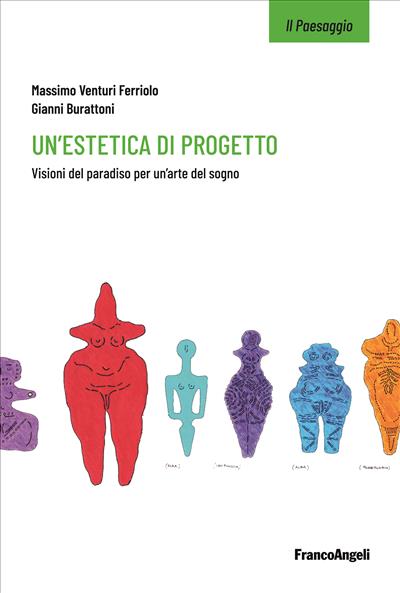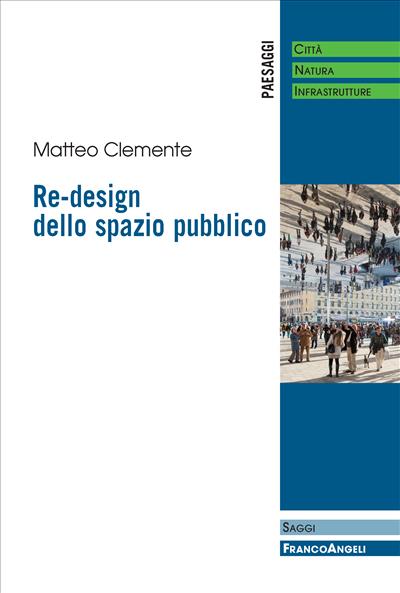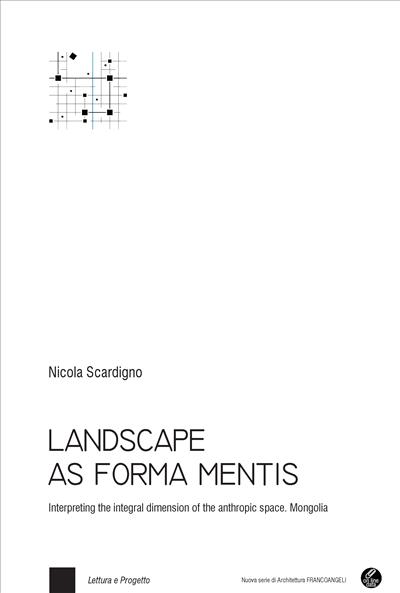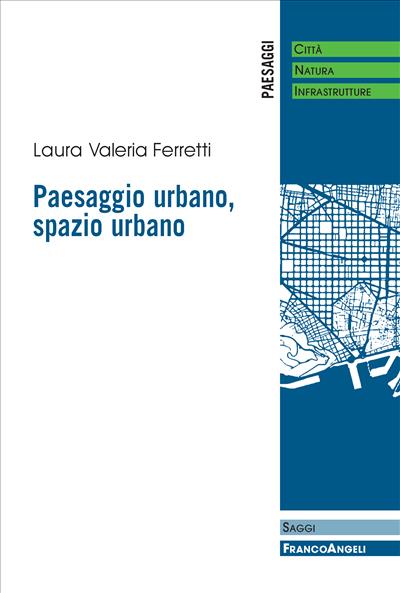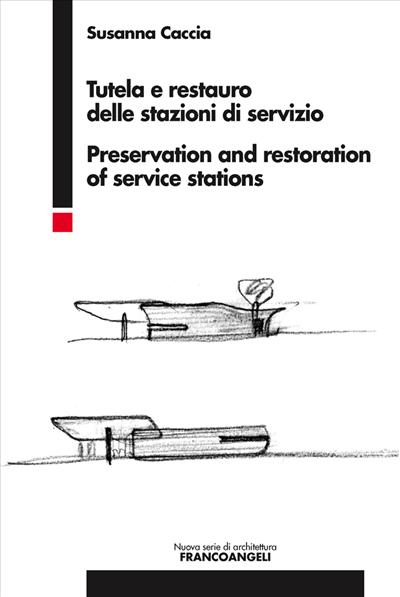
Tutela e restauro delle stazioni di servizio.
Preservation and restoration of service stations
Riconoscere il significato che sta dietro le permanenze di qualità del paesaggio stradale porta a considerare la necessità di un progetto di conservazione e valorizzazione per il patrimonio delle architetture stradali. Il testo prende in esame la stazione di servizio, un edificio che ha attraversato tutti i linguaggi artistici, recependo molteplici cambiamenti.
Pagine: 304
ISBN: 9788856849578
Edizione: 1a edizione 2012
Codice editore: 1098.2.14
Disponibilità: Esaurito
